We Asked ChatGPT Where the Worst Places to Be Would Be If World War III Broke Out
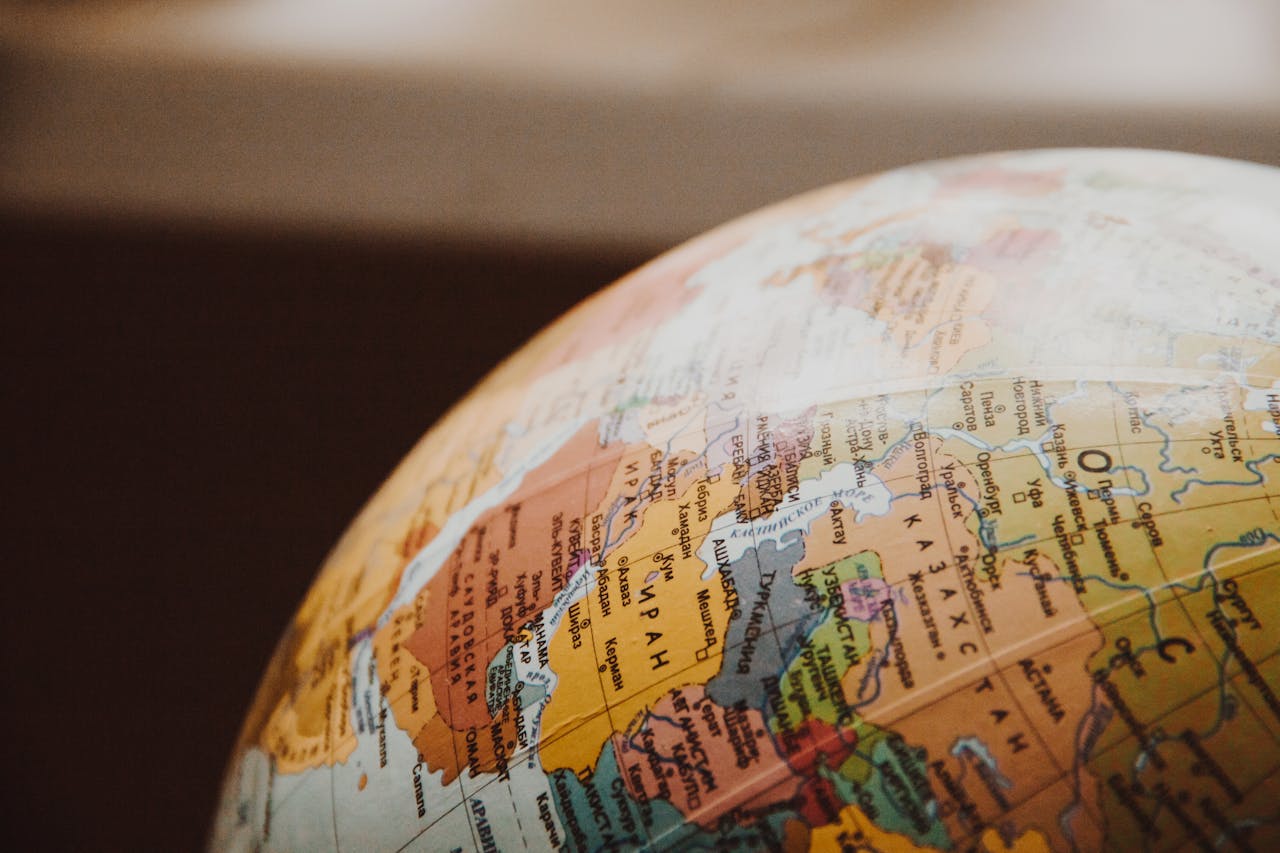
It begins with a question few dare to ask. If another world war broke out, where would safety truly exist? Not in distant islands or powerful capitals, but somewhere hidden within the patterns of power and geography that shape our planet. To explore this, we turned to artificial intelligence, not for prediction but for perspective. What it uncovered was not fear, but truth: that the same networks connecting our world could one day be the very lines that divide it.
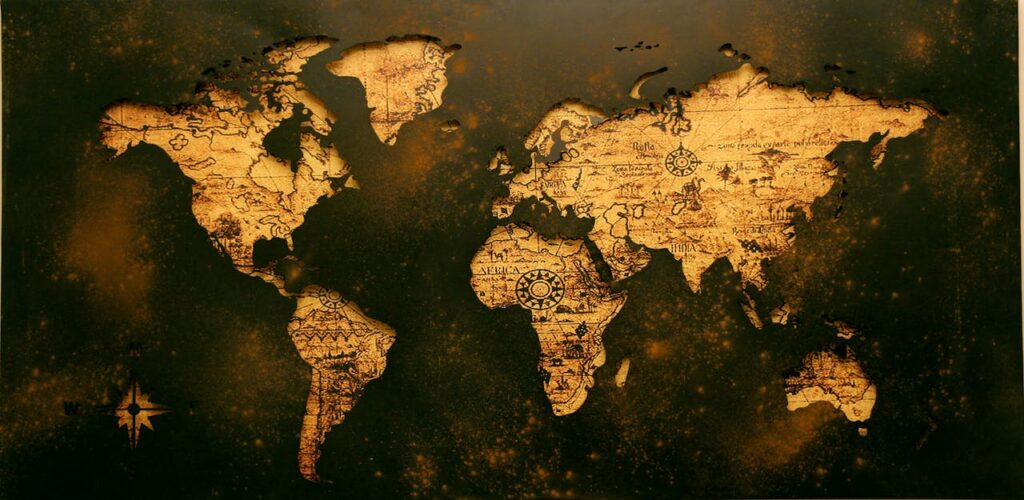
The Geography of Risk: How Global Power Maps Shape Safety
We asked ChatGPT what the worst places to be would be if World War III ever broke out. The answer wasn’t alarmist but only analytical. The AI’s findings, supported by verified reports and expert assessments, reveal how power, geography, and interdependence determine global vulnerability.
Throughout history, wars have not emerged in isolation. They spread along invisible borders of influence, commerce, and ideology. Today, those borders are defined not only by territory but by the arteries that sustain global life: energy corridors, digital cables, trade routes, and military alliances. As the World Economic Forum’s Global Risks Report (2024) notes, these intersections of infrastructure and power are where the world remains most fragile.
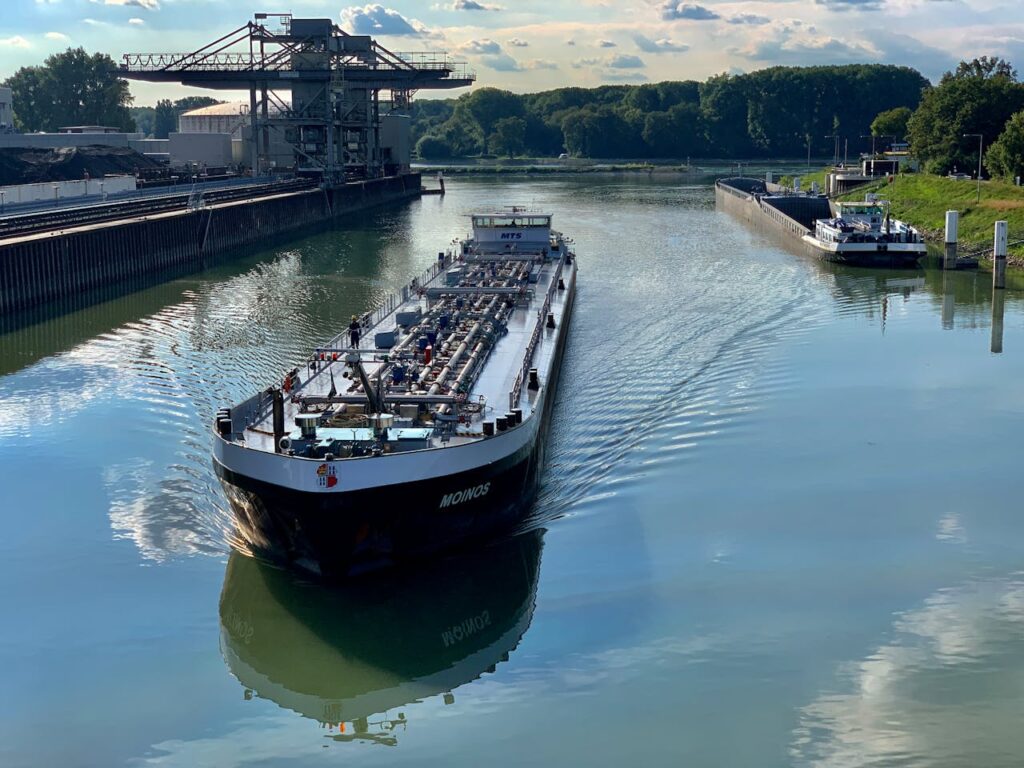
The “worst places” in a future world war are therefore not failed states or war-torn regions, but the connected centers of modern civilization, whose political or economic importance makes them indispensable and, by extension, vulnerable. They are where ambition meets geography, and where the fate of nations could turn overnight.
Central and Eastern Europe
When ChatGPT analyzed potential flashpoints, Central and Eastern Europe surfaced immediately. This region, where medieval borders, Cold War scars, and modern alliances converge, has become the geopolitical hinge between East and West. Analysts call it the world’s most volatile frontier, where deterrence, history, and geography intersect with devastating potential.
The Brookings Institution identifies countries such as Poland, Estonia, Latvia, and Lithuania as NATO’s forward defense line. Their location, bordering Russian and Belarusian territories, makes them critical to Western defense and equally exposed to attack. Since the 2022 invasion of Ukraine, NATO has expanded its troop presence along this corridor, converting cities like Warsaw and Tallinn into strategic logistics hubs.
The impact on local populations is quiet but constant. Sirens, military exercises, and air-defense drills have become part of daily life. Poland has approved defense budgets exceeding 4 percent of GDP, among the highest in NATO, while Finland and Sweden’s accession to the alliance has redrawn the security map of Europe’s north. The presence of U.S. and British troops in these territories serves as deterrence but also as a reminder that their soil could be the first to face escalation.
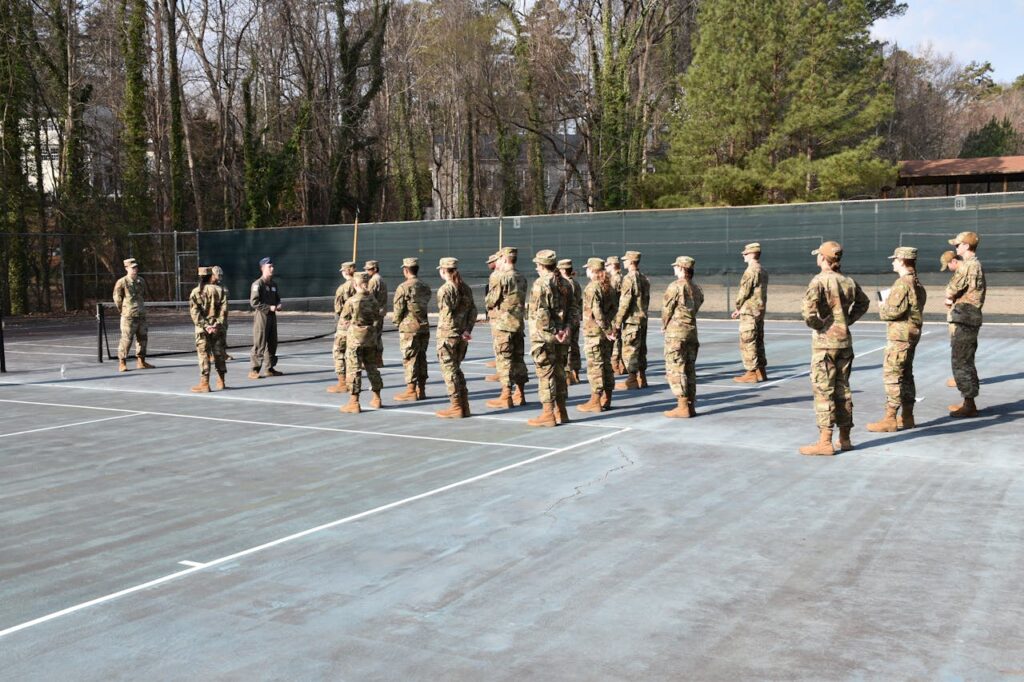
For Central and Eastern Europe, geography is destiny. Its position between Moscow and Brussels, between deterrence and exposure, makes it both shield and target. The region’s resilience may determine whether the next great war remains a confrontation or becomes a catastrophe.
Major Military and Industrial Hubs
Modern war no longer relies solely on battlefields. It unfolds in command centers, data networks, and manufacturing districts that keep nations running. ChatGPT’s findings highlight what defense strategists have long acknowledged: capitals and industrial hubs are not only seats of power, they are priority targets.
Washington, Moscow, and Beijing top nearly every risk index. Each city concentrates political command, nuclear oversight, and economic coordination. A 205 RAND Corporation report describes how “decapitation strikes,” attacks aimed at disabling leadership or communications, remain central to military doctrine among major powers. Even the threat of such strikes creates incentives for secrecy, decentralization, and deterrence strategies that heighten global tension.
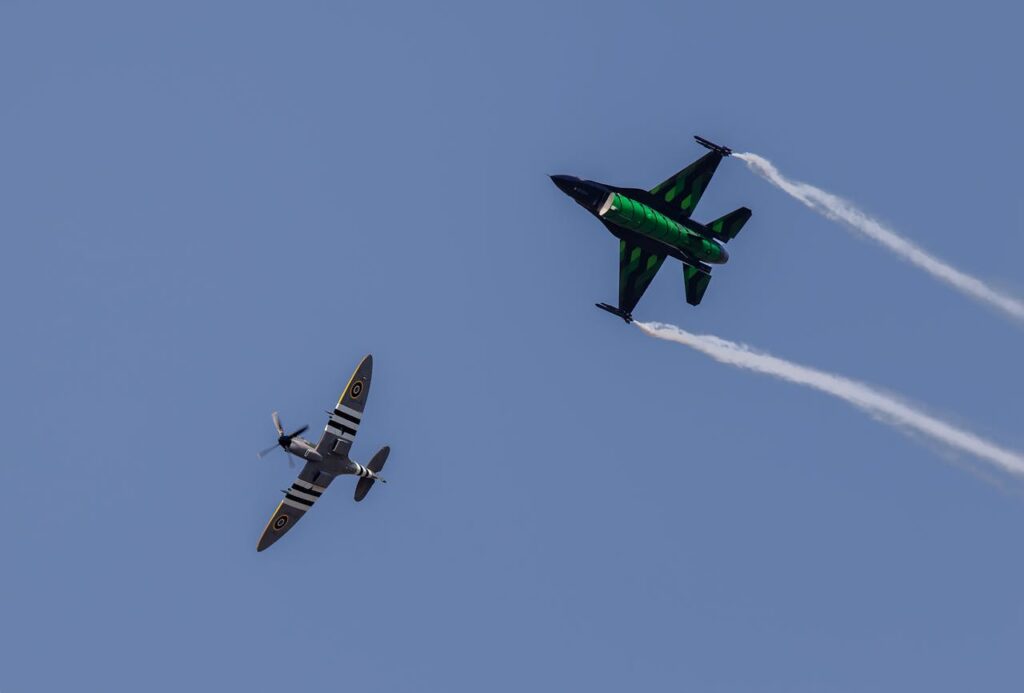
Beyond capitals, the web of industrial power presents its own vulnerability. California’s aerospace and technology corridor, China’s manufacturing hubs in Shenzhen and Xi’an, and Russia’s energy complexes in Siberia all play vital roles in defense and global commerce. A disruption in any one of these could ripple across continents. The semiconductor sector, for instance, is concentrated in just a handful of nations. A single blow to Taiwan’s chip fabrication centers could paralyze electronics production worldwide, a risk underscored by the Council on Foreign Relations.
For megacities like London, Tokyo, and New York, the threat landscape extends into cyberspace. Cyberattacks can cripple power grids, financial systems, or communications without a single missile being launched. The World Bank’s 2023 Global Cybersecurity Review estimated that a coordinated cyber offensive on global payment systems could cost over $3 trillion in economic losses within days.
Urbanization, once a hallmark of progress, thus becomes a liability in wartime. Dense populations, limited evacuation capacity, and dependence on digital systems mean that even indirect attacks, blackouts, network disruptions, or misinformation campaigns, could cause mass instability. In the architecture of global power, the skyscraper and the server farm have replaced the fortress.
Regions with Nuclear and Strategic Installations: Power Plants in the Crossfire
Few places on Earth combine such strategic importance and existential danger as regions hosting nuclear or military facilities. These installations are intended to deter war, but in a world conflict, they may become its epicenters.
The International Atomic Energy Agency (IAEA) has spent the past two years monitoring the Zaporizhzhia Nuclear Power Plant in Ukraine, which has endured repeated shelling and power cuts since 2022. IAEA Director General Rafael Grossi has called the situation “precarious beyond precedent.” A reactor breach or coolant failure would contaminate not only Ukraine but vast parts of Eastern Europe. It’s a haunting reminder of how modern warfare tests the boundaries of what can be contained.
The Chatham House report on nuclear safety during conflict concludes that even well-fortified plants are ill-prepared for sustained military pressure. Experts note similar risks in East Asia, where densely populated areas sit near reactor zones and potential conflict lines, such as Japan’s nuclear network and South Korea’s coastal power grid.
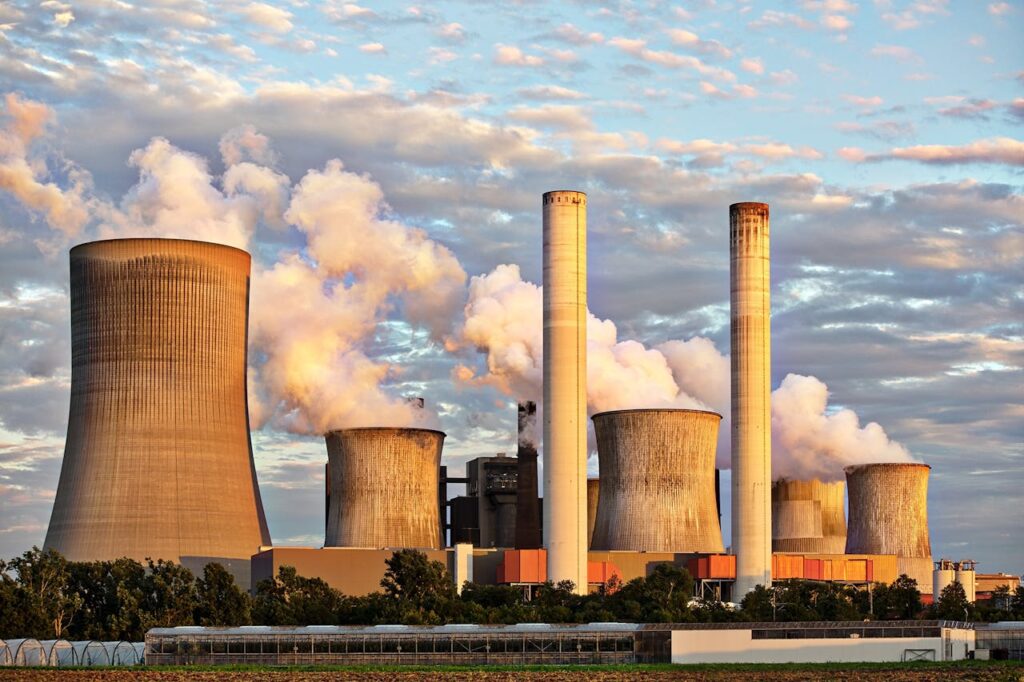
Military installations compound the hazard. The Federation of American Scientists estimates that around 1,600 U.S. and Russian nuclear warheads remain on high alert. NATO bases in Germany, Belgium, Italy, and Turkey host nuclear-capable assets, while Russia’s Kaliningrad enclave and Arctic facilities maintain comparable stockpiles. China, expanding its nuclear arsenal, has built over 300 new missile silos in its western provinces, according to satellite imagery verified by the James Martin Center for Nonproliferation Studies.
The consequence of an attack, or even an accident, at one of these sites would be catastrophic. Radiation spread, water contamination, and prolonged infrastructure collapse could displace millions. Even a conventional strike on nuclear-adjacent zones could unleash a secondary disaster, overwhelming global health and humanitarian systems.
In short, nations that host nuclear or strategic sites carry a global responsibility. Their borders are not just national; they are environmental and generational.
Isolated Islands and Supply-Chain Vulnerability
For much of human history, distance meant safety. Today, distance can mean dependence. Island nations, while physically removed from continental conflicts, are deeply embedded in the global economy and thus vulnerable to its disruptions.
The United Nations Conference on Trade and Development (UNCTAD) reports that over 80 percent of the world’s goods travel by sea, passing through a handful of narrow chokepoints like the Strait of Malacca, the Panama Canal, and the South China Sea. In a world war, any one of these could close, halting global trade.
Guam, a U.S. territory in the Pacific, represents both strategic strength and exposure. Home to Andersen Air Force Base and key naval assets, it sits within range of Chinese and North Korean missiles. Its importance in any Pacific conflict makes it a potential target despite its small population. Hawaii, though farther east, would face similar risks as the U.S. military’s primary Pacific command hub.
For smaller island nations, Fiji, Samoa, the Maldives, and others, the threat is economic and humanitarian. A prolonged conflict could halt shipping, sever internet cables, and exhaust medical supplies. Island economies could run out of critical imports within a month if maritime routes close.
The same dynamic applies beyond the Pacific. Caribbean nations reliant on tourism and energy imports could face financial collapse. Even technologically advanced islands like Japan or Taiwan remain dependent on continuous imports of fuel and food. Islands are the canaries of our global systems; they feel the shocks first. In a world war scenario, those shocks would not come from rising seas but from falling supply lines.
What Safety Means in a Connected World
After tracing every potential fault line, from Europe’s tense borders to the Pacific’s fragile supply chains, one truth stands out: there is no such thing as “somewhere else.” In a globalized age, the impact of war transcends geography. Economic networks, cyberspace, and information systems form an invisible battlefield connecting every nation on Earth.
Security analysts call this the paradox of modern peace. The same systems that sustain prosperity, trade, technology, and cooperation also transmit instability when conflict erupts. The RAND Corporation warns that cyberwarfare could paralyze entire economies, while Miin Wu, the founder and chief executive of the Taiwanese chipmaker Macronix, notes that a crisis in Taiwan could collapse global semiconductor production, crippling everything from transportation to medicine.
Even countries far from the frontlines would not be insulated. Oil prices, food supplies, and digital communications could all fluctuate overnight. The 2022 Russian invasion of Ukraine already demonstrated this: grain shortages in Africa, energy crises in Europe, and inflation spikes worldwide, all from one regional conflict.

For individuals, the new measure of safety lies in adaptability rather than location. Resilience now includes cybersecurity, information literacy, and community networks that can function independently when global systems fail. As historian Yuval Noah Harari wrote, “Human cooperation is humanity’s greatest survival skill.” The observation feels newly relevant: in the face of global threats, cooperation between governments, communities, and even technologies has become humanity’s first line of defense.
ChatGPT’s analysis may have begun as a theoretical exercise, but its conclusion is profoundly human. The worst place to be in World War III might not be a nation or a city; it might be isolation itself.
Featured Image from Pexels
Loading...

